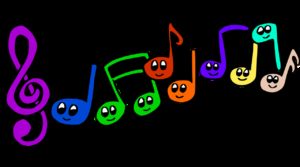What Is the Precise Meaning of Scaffolding in Teaching?
“What is the precise meaning of scaffolding in teaching?” Scaffolding is an effective teaching method that’s designed to help students in the early phases of learning. It helps them close the distance between what they can do now and where they need to be in the future. Keep reading to learn more. Estimated reading time 2 minutes.
What Is the Precise Meaning of Scaffolding in Teaching? Read More »



![Prodigy Meaning (Examples of Special Talent in Music) [Video] - Children Playing Music - Sing the Charming Song London Bridge Is Falling Down](https://successmusicstudio.com/wp-content/uploads/2024/05/Prodigy-Meaning-Examples-of-Special-Talent-in-Music-Video-Children-Playing-Music-1024x682.jpg)




![Amnesia, Alzheimer’s, Stroke, and Color Coding Music - Elderly Accordion Player - Perfect Pitch: Discover the Truth [Plus Absolute Pitch Test]](https://successmusicstudio.com/wp-content/uploads/2024/01/Amnesia-Alzheimers-Stroke-and-Color-Coding-Music-Elderly-Accordion-Player-1024x1024.jpg)


